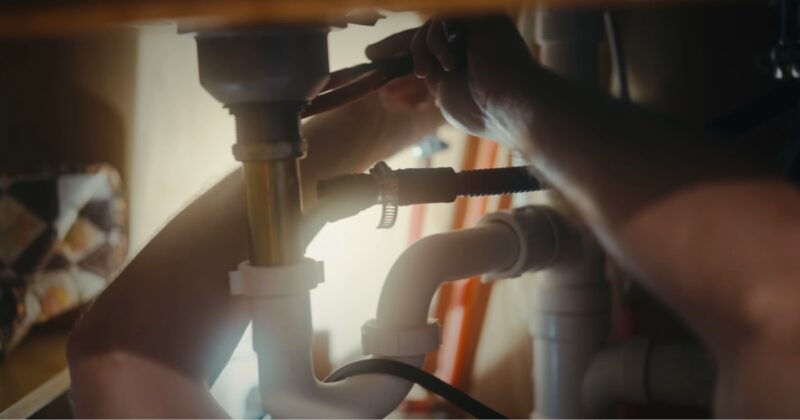Water conservation has become a pivotal aspect of sustainable living, with homeowners now playing a significant role in protecting this precious resource. Eco-friendly plumbing is one avenue through which we can significantly reduce water consumption, leading to both environmental benefits and cost savings.
As responsible homeowners, we have the power to implement a variety of strategies that promote conservation. Upgrading fixtures to more water-efficient models, repairing leaks promptly, and optimizing outdoor irrigation systems are among the practical actions we can take.
Sometimes, you will need professional help in resolving many of these issues. If that’s the case, be sure to visit North East Plumbing.
All these efforts not only reduce the strain on municipal supplies but also decrease the energy required for heating water and wastewater treatment.
The Basics of Water Conservation
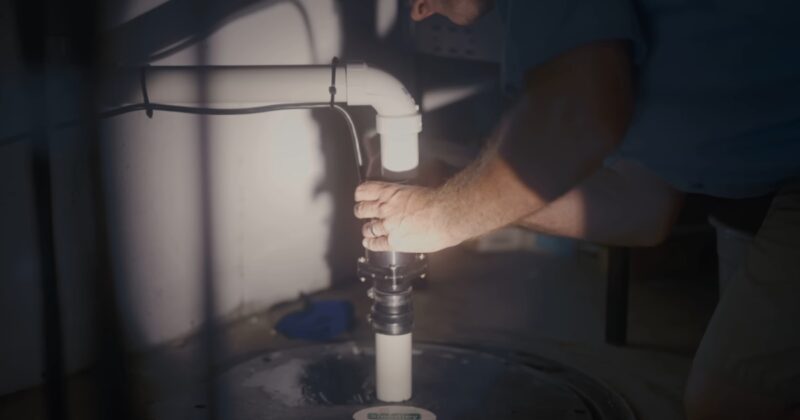
Water conservation is crucial for sustainable living and environmental protection. By incorporating eco-friendly plumbing in homes, homeowners can significantly reduce their water footprint and contribute to a sustainable future.
The Importance of Eco-Friendly Plumbing
Eco-friendly plumbing is an integral part of a sustainable home environment. It involves using water-efficient fixtures and appliances that help in minimizing waste. This not only conserves precious resources but also reduces the strain on sewage and treatment facilities.
Efficient plumbing systems can help mitigate the negative impacts of climate change by conserving water and energy. Strategies for Eco-Friendly Plumbing:
- Install low-flow fixtures such as faucets, showerheads, and toilets.
- Fix leaks promptly to avoid wastage.
- Use dual flush or high-efficiency toilets to reduce per-flush
- Opt for tankless water heaters to lower water and energy consumption.
Water Saving and Environmental Impact
Conserving water is crucial for lessening environmental impact and fostering sustainability. By saving each gallon, we reduce the energy needed for its treatment and distribution, leading to energy conservation and lower carbon emissions. Sustainable plumbing aims to balance human requirements with the protection of nature.
It’s about not just using less of it but using it more effectively. Conservation leads to energy and cost savings. Prudent usage lessens the strain on resources, aids in preserving freshwater ecosystems, and promotes enduring environmental well-being.
Implementing water-saving methods and environmentally friendly plumbing is vital to secure water availability for future generations and to maintain the planet’s health.
Practical Eco-Friendly Plumbing Solutions
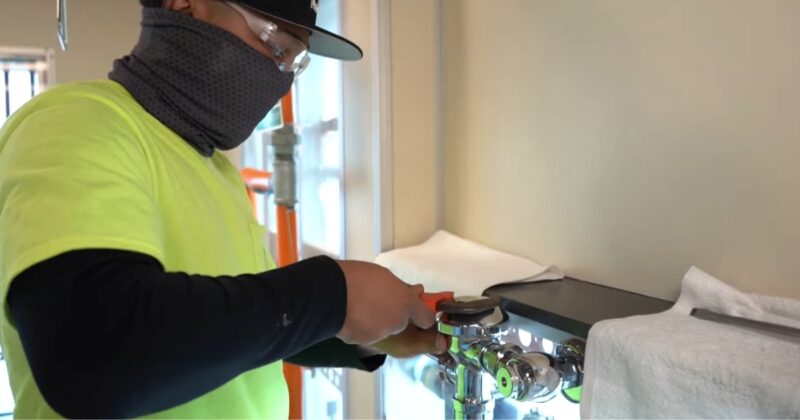
Homeowners have the power to significantly reduce waste and utility bills by integrating eco-friendly plumbing solutions. These sustainable practices and fixtures not only conserve water but also set a standard for responsible living.
Fixtures That Save
Eco-friendly plumbing begins with choosing water-efficient fixtures.
- Install faucet aerators, which mix air to reduce usage without sacrificing pressure.
- Dual-flush toilets provide two flush options for liquid and solid waste, significantly lowering consumption.
- Low-flow showerheads are designed to use less per minute than standard models.
Innovative Technologies for Water Conservation
Innovative technology plays a pivotal role in green plumbing.
- Unlike traditional models, tankless heaters heat on demand, offering energy savings and better efficiency.
- These systems recycle from sinks, showers, and washing machines for use in toilets and gardening.
- Smart controllers adjust watering schedules based on weather conditions, ensuring optimal watering and preventing overuse.
Effective Water Management in the Home
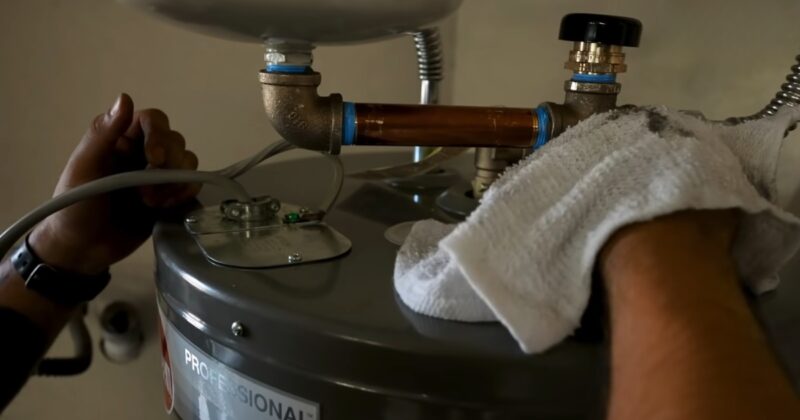
Managing water efficiently at home not only conserves a vital resource but can also substantially lower the household’s water consumption and utility bill.
Central to this management are the kitchen and bathroom, where much of a home’s water usage occurs, as well as the incorporation of efficient appliances.
Kitchen and Bathroom Best Practices
Kitchen and bathroom fixtures, including faucets and toilets, are critical zones for water savings. In the kitchen, homeowners should:
- Install aerators on faucets to reduce flow rates without affecting pressure.
- Fix leaks promptly, as even minor drips can waste a significant amount over time.
- Opt for dishwashers with eco-friendly features, ensuring that they run with full loads.
In the bathroom, practical steps include:
- Upgrading to low-flow showerheads and faucets.
- Replacing old toilets with newer models that use 1.6 gallons or fewer per flush.
- Repairing leaky faucets immediately to prevent waste.
As we delve into practical ways to conserve water within our homes, it’s essential to consider the broader environmental impact, including choices like sustainable hydration solutions, which align seamlessly with the eco-conscious theme explored in this article.
Laundry and Appliance Water Efficiency
Laundry practices and the choice of appliances can have a significant impact on savings. Here are some effective strategies:
Select clothes washers that are Energy Star-rated for both water and energy efficiency.
Operate washing machines with full loads, or adjust settings for smaller loads.
By committing to these water-saving practices, homeowners can manage more effectively, leading to both environmental benefits and reduced expenses.
FAQs
What are the strategies for water conservation?
We employ low-flow fixtures and appliances to reduce usage in our homes. Installing faucet aerators and dual-flush or low-flow toilets effectively conserves. Additionally, we advocate for regular maintenance to fix leaks and the use of smart irrigation systems that limit use to actual plant requirements.
How can we reuse water?
We can implement greywater systems, which are reused from showers, sinks, and washing machines for irrigation and flushing toilets. Collecting rainwater is another method of reusing, primarily for outdoor purposes like watering plants or cleaning.
Why should we not waste water?
Conserving water is critical to our environment and economy. It reduces the energy required for its treatment and supply, helps maintain our aquatic ecosystems, and ensures a sustainable future for generations to come.
Why is wastewater bad for the environment?
Wastewater contains pollutants and if not treated properly can cause harm to aquatic life and the broader ecosystem. Untreated wastewater can lead to the spread of diseases and eutrophication, disrupting the ecological balance and decreasing biodiversity.
The Bottom Line
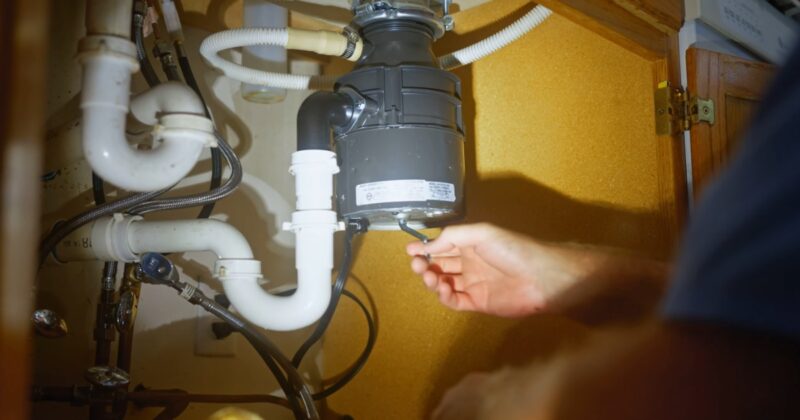
In advancing our stewardship of the environment, we focus on practical changes within our homes to conserve water. Sustainable plumbing practices are more than a trend; they are an integral part of our collective responsibility.
We can all contribute to this cause by integrating eco-friendly plumbing solutions, like low-flow faucets and showerheads which can reduce usage by a substantial margin.
Our actions, such as upgrading to high-efficiency toilets and repairing leaks promptly, make a difference. It’s important to remember that these changes not only conserve water but also lead to savings on utility bills.


